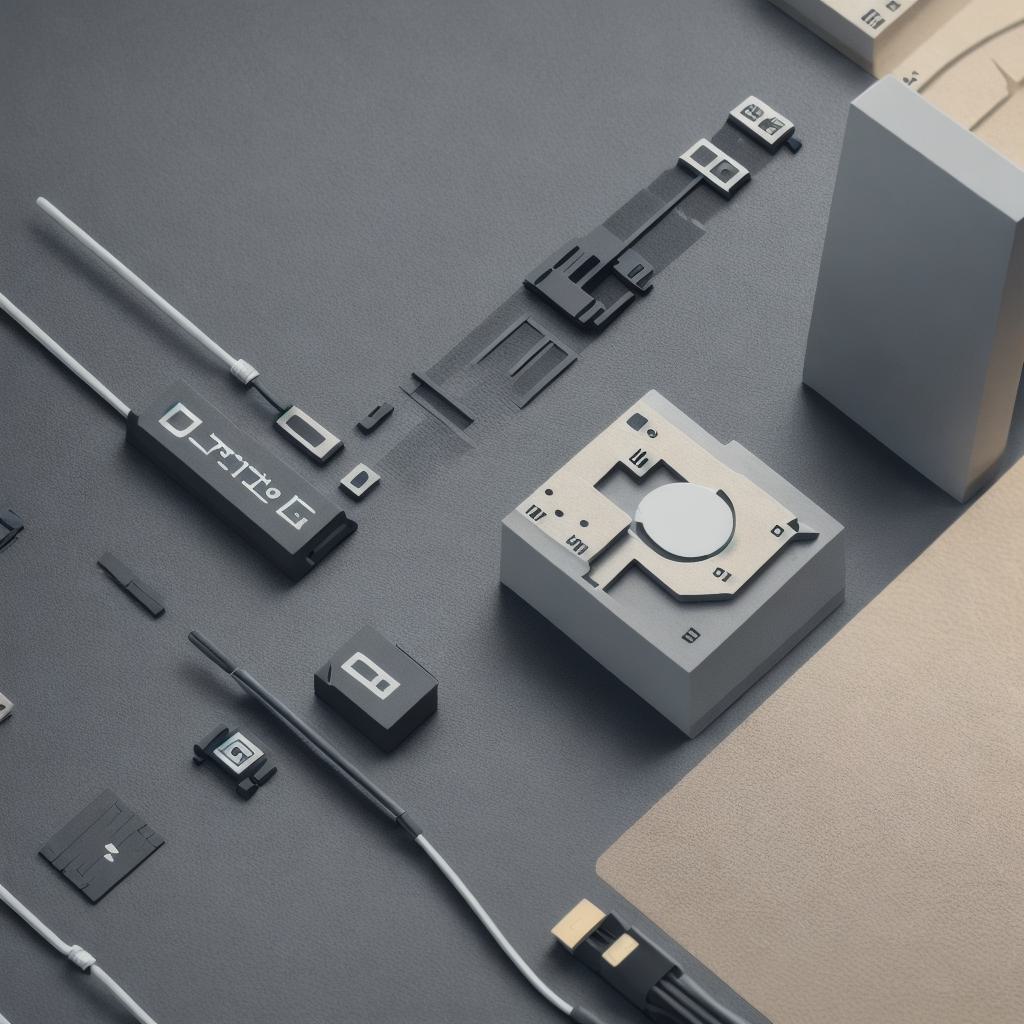Are you a developer looking to create stunning and user-friendly apps on the Android platform? One of the most important aspects of app development is the layout design. The layout determines how users interact with your app, and how they navigate through its different screens and features. In this article, we will explore the different types of layout options available in Android development, along with their advantages and disadvantages.
- Linear Layout:
The linear layout is one of the most commonly used layouts in Android development. It is a simple and straightforward way to organize UI elements into a horizontal or vertical line. The main advantage of the linear layout is its simplicity, which makes it easy to create and customize. However, it can be inflexible when dealing with complex UIs that require more advanced layout options.
- Relative Layout:
The relative layout allows you to position UI elements relative to each other, rather than absolute positions on the screen. This means that the position of an element changes based on the size and orientation of its parent container. The advantage of this layout is its flexibility, which makes it ideal for apps with complex UIs that require dynamic positioning. However, it can be difficult to create precise layouts with this type of layout. - Grid Layout:
The grid layout allows you to organize UI elements into a grid-based layout, with each element occupying a specific space within the grid. This layout is ideal for apps with complex UIs that require a lot of elements to be displayed on the screen. The advantage of this layout is its ability to distribute space evenly among elements, which can make it easier to create visually appealing interfaces. However, it can be difficult to create complex and dynamic grid-based layouts. - Tablet Layout:
The tablet layout is specifically designed for Android tablets, and allows you to create two-column layouts that take advantage of the increased screen space available on these devices. This layout is ideal for apps that require a lot of content to be displayed, as it allows users to easily navigate through different sections of the app. The advantage of this layout is its ability to provide a more immersive experience for tablet users, who can view and interact with multiple elements at once. However, it can be difficult to create an effective tablet layout that works well on all devices. - Scrollable Layout:
The scrollable layout allows you to create layouts that can be scrolled vertically or horizontally, allowing users to access more content without having to navigate through multiple screens. This layout is ideal for apps with a lot of content to display, such as news apps or social media platforms. The advantage of this layout is its ability to provide a seamless and intuitive user experience, as users can easily access the content they need without having to switch between different screens. However, it can be difficult to create scrollable layouts that work well on all devices and screen sizes.
In conclusion, choosing the right layout option for your Android app depends on a variety of factors, including the complexity of your UI, the target device, and the overall user experience you want to provide. By understanding the different types of layout options available in Android development, you can create stunning and user-friendly apps that provide an immersive and intuitive experience for your users.
